Where To Place Security Cameras On House?
When it comes to home security, one of the most effective measures you can take is the strategic placement of security cameras around your property. Properly positioned cameras not only act as a deterrent to potential intruders but also provide valuable evidence in the event of a crime. However, the effectiveness of your security system largely depends on where you place these cameras. In this article, we will explore the best locations for security cameras around your house, ensuring you maximize their potential to keep your home safe.
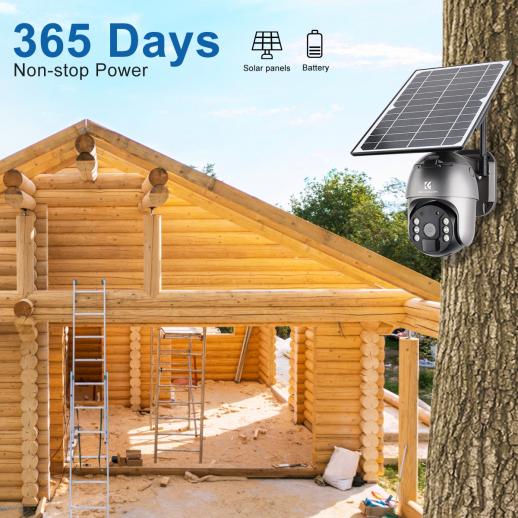
1. Front Door
Why it’s important: The front door is the primary entry point for most homes, and surprisingly, a significant number of burglars use this route. According to statistics, about 34% of burglars enter through the front door.
Placement tips: Position the camera at a height where it can capture clear images of faces. Ideally, it should be placed above the door, angled downward to cover the entire entryway. Consider using a doorbell camera for a more discreet option that also allows for two-way communication.
2. Back Door
Why it’s important: The back door is the second most common entry point for burglars, accounting for about 22% of break-ins. This area is often less visible from the street, making it a more attractive option for intruders.
Placement tips: Similar to the front door, place the camera above the door, angled downward. Ensure it covers the entire doorway and any nearby windows. If you have a patio or deck, make sure the camera captures these areas as well.
3. First-Floor Windows
Why it’s important: First-floor windows are another common entry point for burglars, especially if they are left unlocked or are easily accessible.
Placement tips: Install cameras to cover all first-floor windows, especially those that are hidden from view or located at the back of the house. Position the cameras at an angle that captures anyone attempting to open or break the windows.
4. Garage and Driveway
Why it’s important: Garages and driveways are often targeted for theft, as they typically contain valuable items like cars, bikes, and tools. Additionally, a camera in this location can capture footage of anyone approaching your home.
Placement tips: Place a camera above the garage door, angled to cover the driveway and any side doors. If you have a detached garage, consider placing a camera inside as well to monitor the interior.
5. Side Gates and Entrances
Why it’s important: Side gates and entrances are often overlooked but can provide easy access to the backyard and other less visible areas of your property.
Placement tips: Install cameras to cover any side gates or entrances. These should be positioned high enough to avoid tampering but angled to capture anyone attempting to enter.
6. Backyard
Why it’s important: The backyard is a common area for intruders to attempt entry, especially if it is secluded or has easy access points.
Placement tips: Place cameras to cover the entire backyard, including any entry points like gates or sliding doors. Ensure the cameras are positioned to capture clear images, even in low light conditions.
7. Common Areas Inside the Home
Why it’s important: While outdoor cameras are crucial, having cameras inside the home can provide additional security. Common areas like living rooms, hallways, and staircases are ideal locations.
Placement tips: Position cameras in high-traffic areas where they can capture clear images of anyone moving through the house. Ensure they are placed discreetly to avoid detection.
8. Basement Stairs and Windows
Why it’s important: Basements often have windows or doors that can be used as entry points. These areas are typically less secure and less visible from the outside.
Placement tips: Install cameras to cover basement stairs and any windows or doors. Position them to capture anyone attempting to enter through these points.
9. Home Office or Safe Room
Why it’s important: If you have a home office or a room where you keep valuables, it’s essential to have a camera monitoring this area.
Placement tips: Place the camera in a position where it can capture the entire room, including any entry points. Ensure it is discreet to avoid detection.
10. Pool Area
Why it’s important: If you have a pool, it’s crucial to monitor this area for safety reasons, especially if you have children.
Placement tips: Install cameras to cover the entire pool area, ensuring they are weatherproof and can capture clear images in various lighting conditions.
Additional Tips for Effective Camera Placement
1. Height and Angle: Position cameras high enough to avoid tampering but low enough to capture clear images. Angling them downward can help achieve this balance.
2. Lighting: Ensure cameras are placed in well-lit areas or have night vision capabilities to capture clear images in low light conditions.
3. Weatherproofing: Outdoor cameras should be weatherproof to withstand various environmental conditions.
4. Visibility: While some cameras should be visible to act as a deterrent, others should be discreet to avoid tampering.
5. Connectivity: Ensure cameras are within range of your Wi-Fi network or have a reliable wired connection to avoid connectivity issues.
Strategically placing security cameras around your house is a crucial step in enhancing your home’s security. By covering key entry points like the front and back doors, first-floor windows, garage, and driveway, as well as less obvious areas like side gates, the backyard, and common areas inside the home, you can create a comprehensive security system that deters intruders and provides valuable evidence in the event of a crime. Remember to consider factors like height, angle, lighting, and weatherproofing to ensure your cameras are as effective as possible. With the right placement, security cameras can provide peace of mind and help keep your home and loved ones safe.



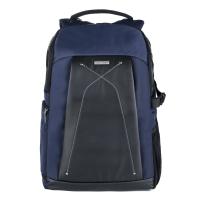
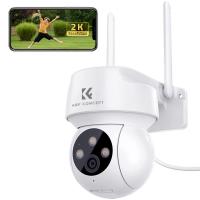
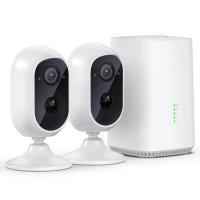

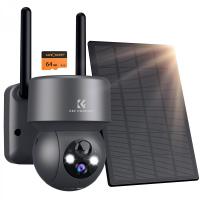

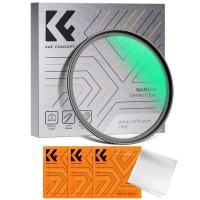
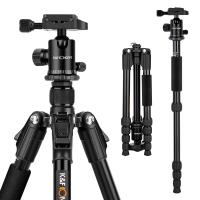
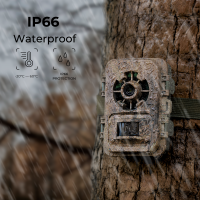
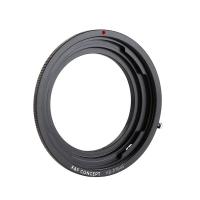

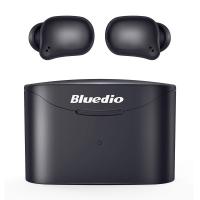
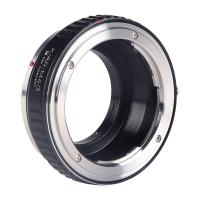
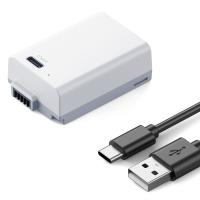
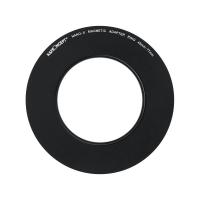

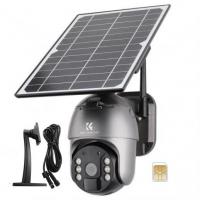

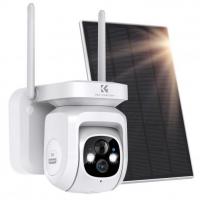





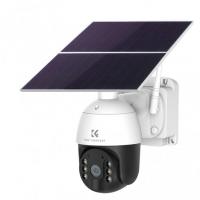
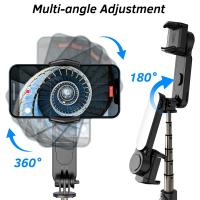
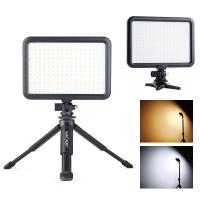

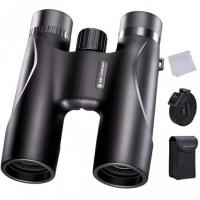
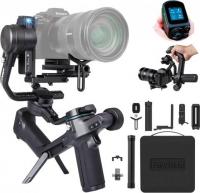
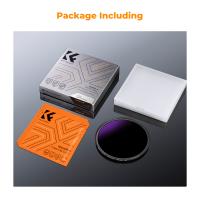
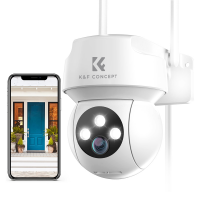

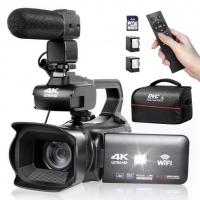
There are no comments for this blog.